To me there is something magical about late era silent films — by that I mean the really ambitious one made by serious artists, and preferably those where the original synchronized music and sound effects have survived. (It is this magical quality that was completely lacking in that Oscar-winning stunt known as The Artist from 2011.) Watching them isn’t just watching a movie, it’s like entering another world — recognizable to us, but not like our world. And it’s not just because it offers a look at another time (nearly all old movies can be said to do that). No, it’s something harder to define — something truly otherworldly, and something that can leave your feeling strangely changed in its aftermath. Lonesome is such a film.
Lonesome is very much a part of the late silent and silent-to-sound era of the movies. If you’ve seen F.W. Murnau’s Sunrise: A Song of Two Humans (1927) — my vote for the best silent movie ever made — you’ll probably find some similarities here. Both have a simple love story, a trip to a huge amusement park, a storm and a separation. Lonesome, however, has none of the melodrama of Sunrise and is more purely romantic. The whole concept is simpler. In fact, it could hardly be more basic. We meet two people, Mary (Barbara Kent) and Jim (Glenn Tryon). Both live in single rooms in New York. They’re working stiffs — she’s a telephone operator, he operates a punch machine in a factory. And they’re both solitary and lonely and, of course, surrounded by co-workers who all seem to be couples. The couples are nice and try to include them in their plans, but neither want to be third wheels and pretend to have dates or obligations of their own. Faced with nothing to do and no one to do it with over the July Fourth weekend, they end up both going to Coney Island on an excursion bus. Jim spots Mary on the bus and pursues her around the amusement park until they meet. Bonded by their mutual loneliness, they spend the day and evening together — until circumstances part them. The question then becomes whether or not they can find each other again. That’s it. And that tells you almost nothing about the film.
Paul Fejos — or Dr. Paul Fejos (he came to the movies from a career as a bacteriologist) — creates an entire world for the film. Though using a lot of location work (almost none of which is actually Coney Island, but a west coast park), Fejos is less interested in presenting either a real New York or a real Coney Island than he is in conveying what it feels like to be there. His New York is a gigantic, crushing place — full of scurrying humanity that recalls Fritz Lang’s Metropolis. The sense is that loneliness in the midst of so many other people is even more painful than actually being alone. His Coney Island is equally gigantic and, if anything, even more frenzied. (The air is so thick with confetti and streamers that it feels like a gigantic Josef von Sternberg nightclub set.) But here human interaction is still possible. In some cases, it’s even possible for our two characters to be alone — at least in their own minds. In one of the film’s most astonishing sequences — one that it’s impossible to believe that Baz Luhrmann didn’t see before making Moulin Rouge! in 2001 — where they dance to Irving Berlin’s song “Always,” the crowd literally vanishes from their minds (and our view), allowing the dance to turn inro a glorious romantic fantasy.
I won’t deny that a lot of the appeal to the film lies in Fejos’ nonstop technical inventiveness, but that cleverness and stylization makes the story more effective. It all enhances our understanding of and feeling for the characters. (I suspect it helps that neither Barbara Kent, nor Glenn Tryon are well-known performers, making them seem more real.) This is a movie that doesn’t lend itself to being described effectively. To understand its greatness and its emotional punch, it simply has to be seen and experienced. You have to allow yourself to be pulled into these often heartbreaking characters and their lives — and I doubt many viewers will be able to resist that pull. Nor can I think of any possible reason they’d want to.
Lonesome — again, like Sunrise — is the kind of film that is often thought of as “ahead of its time,” but that’s misleading, even while being true. It’s a film that might better be described as “apart from time.” Lonesome in particular belongs to no era. It is something to itself. Unlike Sunrise, which was highly influential (completely changing John Ford’s sense of cinema), Lonesome sparked no trends (except within Fejos’ own work). It was too much a film unlike anything else to be easily assimilated by others. It was too daring and too prone to trying every cinematic device — overlays, dissolves, hand-colored moments, prismatic lenses, wildly roaming camera — its creator could come up with with an abandon that remains unique. It’s also a film that only existed because it was shepherded into being because it was the passion project of 19-year-old Carl Laemmle, Jr. (familiarly known as Junior Laemmle), who talked his father — Carl Laemmle, owner and founder of Universal Pictures — into making the film and letting him act as supervising producer. In this case, that meant that Junior pretty much let Fejos do what he wanted.
It should, however, be noted that Lonesome is from the transitional era of movies — on the edge of moving from silent to sound. As a result, it’s slightly a hybrid — containing three brief and rather stiff dialogue scenes. Hybrids were not uncommon at the time. Some of them — like the Al Jolson film The Singing Fool (also 1928) — work and are nearly talkies with a few silent sequences. Some of them are awkward and the dialogue scenes feel like intrusions. Lonesome is more in that awkward category. But there’s also something rather charming about the very clumsiness of the scenes. They almost add to the naivete of the characters — and, in any case, they’re very brief and do little to detract from the film’s delights or its gigantic heart.
The Asheville Film Society will screen Lonesome Tuesday, Oct. 13, at 8 p.m. in Theater Six at The Carolina Asheville, hosted by Xpress movie critic Ken Hanke.



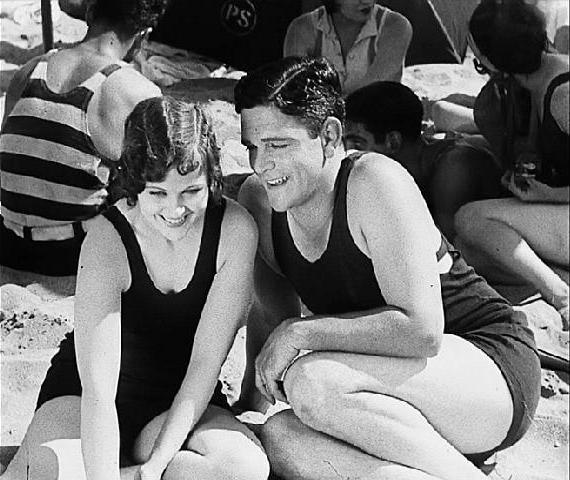
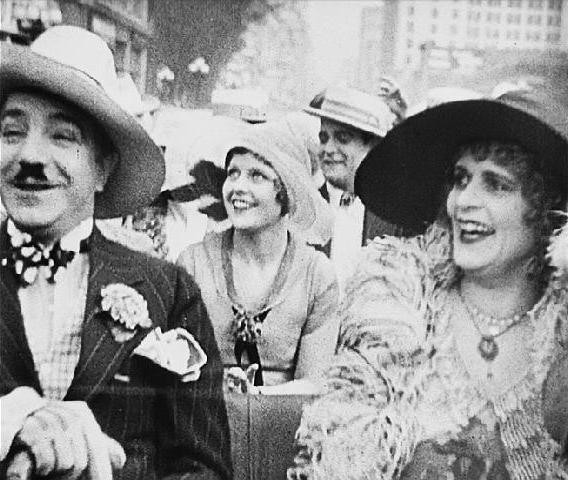

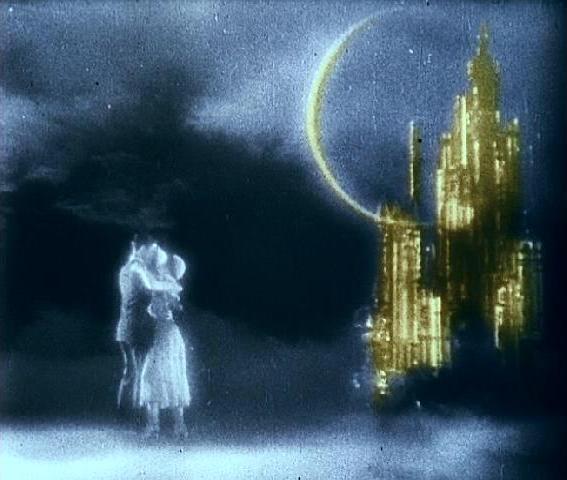
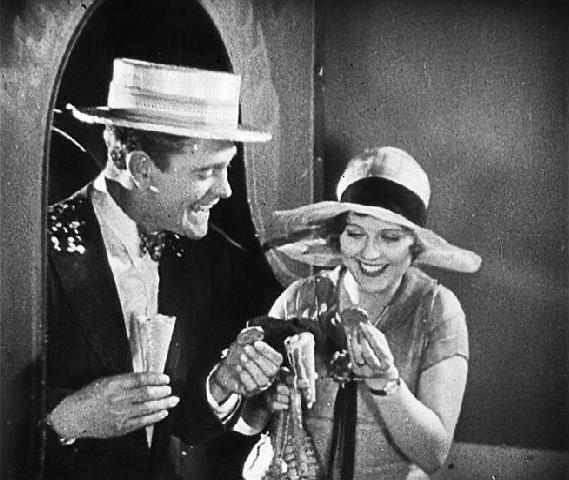
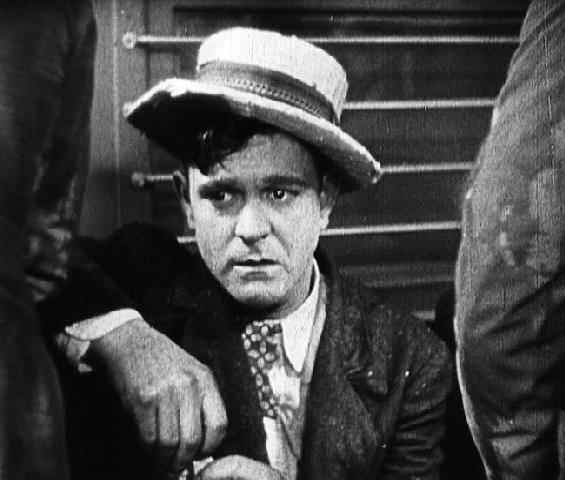
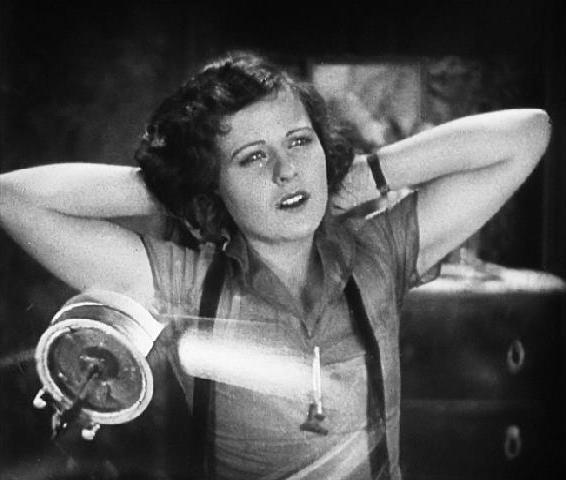
Before you comment
The comments section is here to provide a platform for civil dialogue on the issues we face together as a local community. Xpress is committed to offering this platform for all voices, but when the tone of the discussion gets nasty or strays off topic, we believe many people choose not to participate. Xpress editors are determined to moderate comments to ensure a constructive interchange is maintained. All comments judged not to be in keeping with the spirit of civil discourse will be removed and repeat violators will be banned. See here for our terms of service. Thank you for being part of this effort to promote respectful discussion.